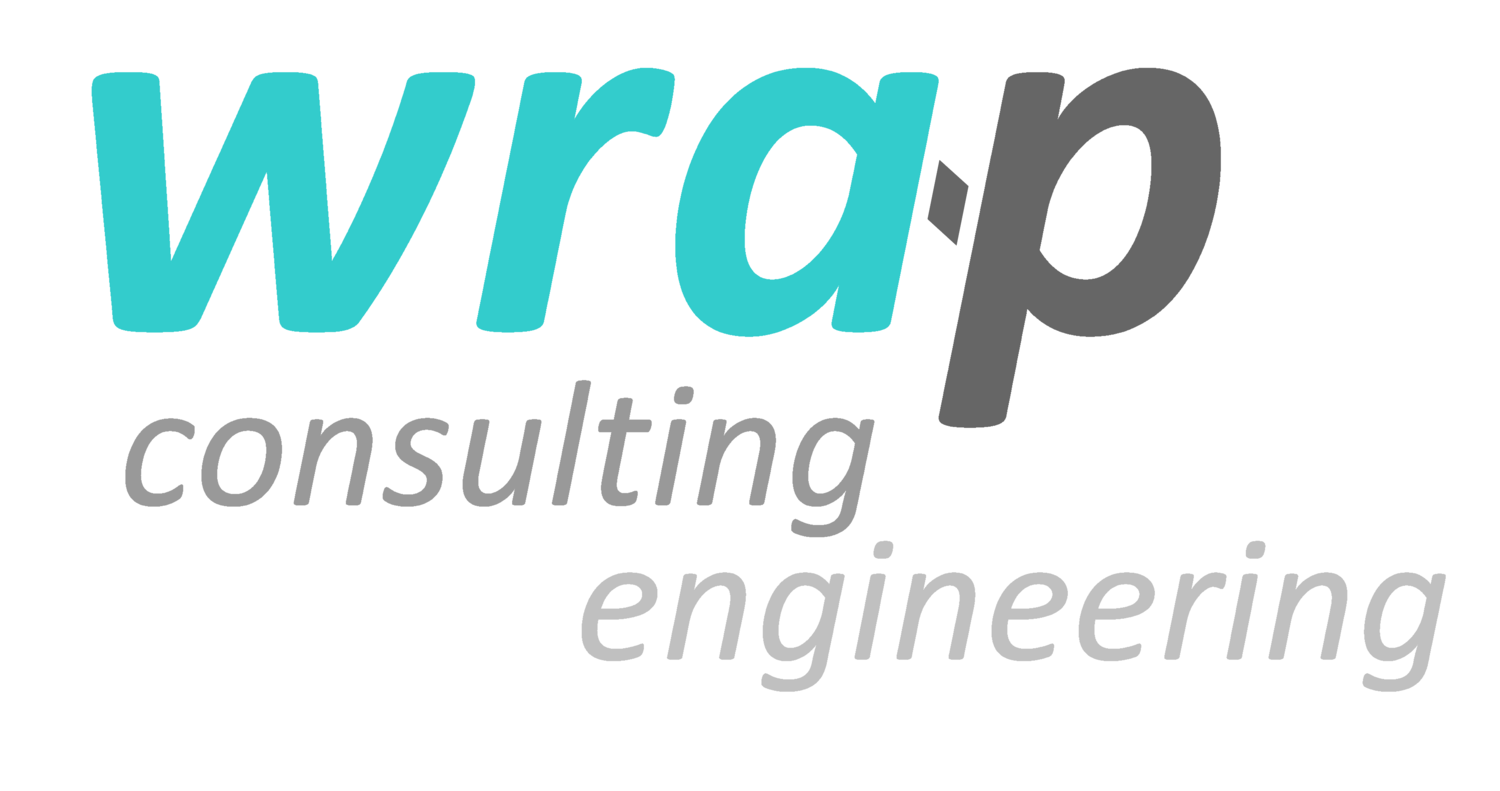Sustainability and energy efficiency are at the heart of every WRAP project. We provide integrated building services and Environmentally Sustainable Design (ESD) for all our projects. We can assist with the full lifecycle of your project, from sustainable and resilient design, passive design, energy efficiency, ESD reporting for town planning, BCA Section J and JV3 modelling, and/or house energy ratings (NatHERS), to environmental rating tools such as Green Star, NABERS, Carbon Active, LEED, WELL and Fitwel.
Energy reduction is another common query that WRAP can assist with. We can identify the issues contributing to your site’s energy usage and, utilising this data as a base, develop appropriate strategies and recommendations to help you reduce the site’s energy consumption. These energy reduction strategies are validated using appropriate modelling tools to confirm their suitability prior to implementation.
Download our ESD Capability Statement here.
GREEN STAR
An internationally-recognised Australian sustainability rating and certification system, WRAP Engineering offers expertise in Green Star and has extensive experience delivering certified Green Star ratings for clients across many different sectors.
Our ESD consultants can help you achieve your Green Star rating goals via clear communication, simple project tracking, and by managing the design process. Our coordination and meaningful consulting help reduce risks associated with the detailed rating process and submission, achieving high-quality results.
SUSTAINABILITY Rating Tools
Need a hand with NABERS, Carbon Active, LEED, WELL, or Fitwel environmental rating tools?
Have a query about sustainability rating options for your project?
WRAP Engineering offers accredited and experienced ESD consultants to help you achieve your sustainability goals. We provide clear, simple and focused consulting services throughout the planning, design and construction of the project.
Contact us now for more information.
Energy Modelling
WRAP Engineering is experienced in energy modelling to ensure compliance with minimum energy efficiency standards such as NCC Section J in Australia. This compliance energy modelling may be further extended to voluntary codes, such as LEED and Green Star. It can also be used as an early design tool for buildings with energy efficiency as a focus of the project’s design.
Predicted energy uses for HVAC, equipment, lighting and so on, can help the decision-making process in selecting an optimum project-specific efficiency measure.
Daylight Modelling
Natural light plays an important role in our day-to-day life, as it provides great comfort, health, and ambience for humans. Windows that allow daylight inside are important for the view and connection to the outdoors. Daylight is also important for its quality, spectral composition and variability.
WRAP can provide daylight modelling at the very onset of your project to ensure that the building will achieve desired levels of daylight, avoid glare, and so appropriate shading systems are considered as part of the design. We also deliver daylight modelling to demonstrate compliance with council requirements and rating tools.
CLIMATE RESILIENCE
The Paris Agreement, an international treaty adopted at the 2015 UN Climate Change Conference, aims to reduce greenhouse gas emissions and adapt to climate change. As a signatory, Australia is implementing a roadmap to achieving ‘Net Zero’ carbon emissions by 2050 and limit the global surface temperature rise to 1.5 degrees. Measures include abolishing fossil fuels like diesel and gas (new dwellings in Victoria must be gas-free), advocating EV use, or building tree/solar farms to offset emissions.
Climate change affects what we are designing today for the future. Real data allows experts to reliably forecast increases in temperature, bushfires, floods and droughts. Increasingly, we must consider these factors as part of our design strategies. Our ESD team can provide a Climate Adaptation Plan or climate consulting for your project.
ADAPTIVE REUSE
Adaptive reuse is the process where existing buildings are altered in order to be used in a different capacity than their original purpose. This provides environmental benefits by extending the building’s life and significantly reducing the embodied energy associated with demolishing the old building and erecting a new structure in its place.
In a concrete-framed building, over 50 per cent of the building’s embodied carbon emissions are associated with the structural elements (steel and concrete). By repurposing the existing building, the development has already significantly saved on embodied carbon emissions associated with materiality.
Each project is unique - particularly adaptive reuse developments. WRAP can provide tailored consulting specific to your project’s requirements.
KAVITA GUSAIN
Meet Kavita Gusain, the ESD lead and an Associate Director at WRAP Engineering. Kavita offers over 20 years’ experience in:
Design and delivery of energy, water and IEQ solutions.
Building simulation expert.
Green Star Accredited Professional (GSAP).
WELL Community Program Advisory Board Member.
NatHERS Assessor.
LEED Accredited Professional.
Reach out to Kavita and WRAP Engineering via our Contact form to discuss how we can assist with your project’s sustainability goals and requirements.








